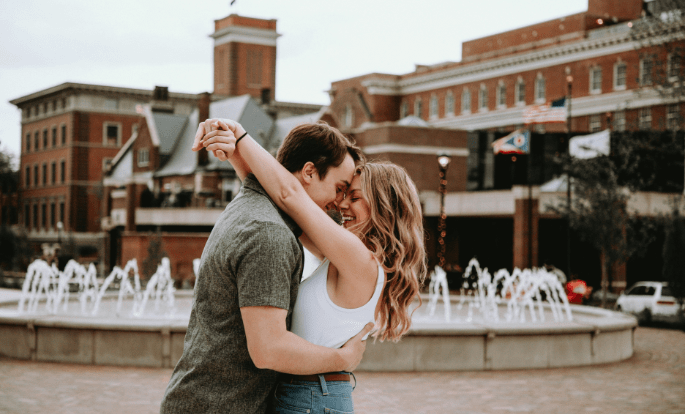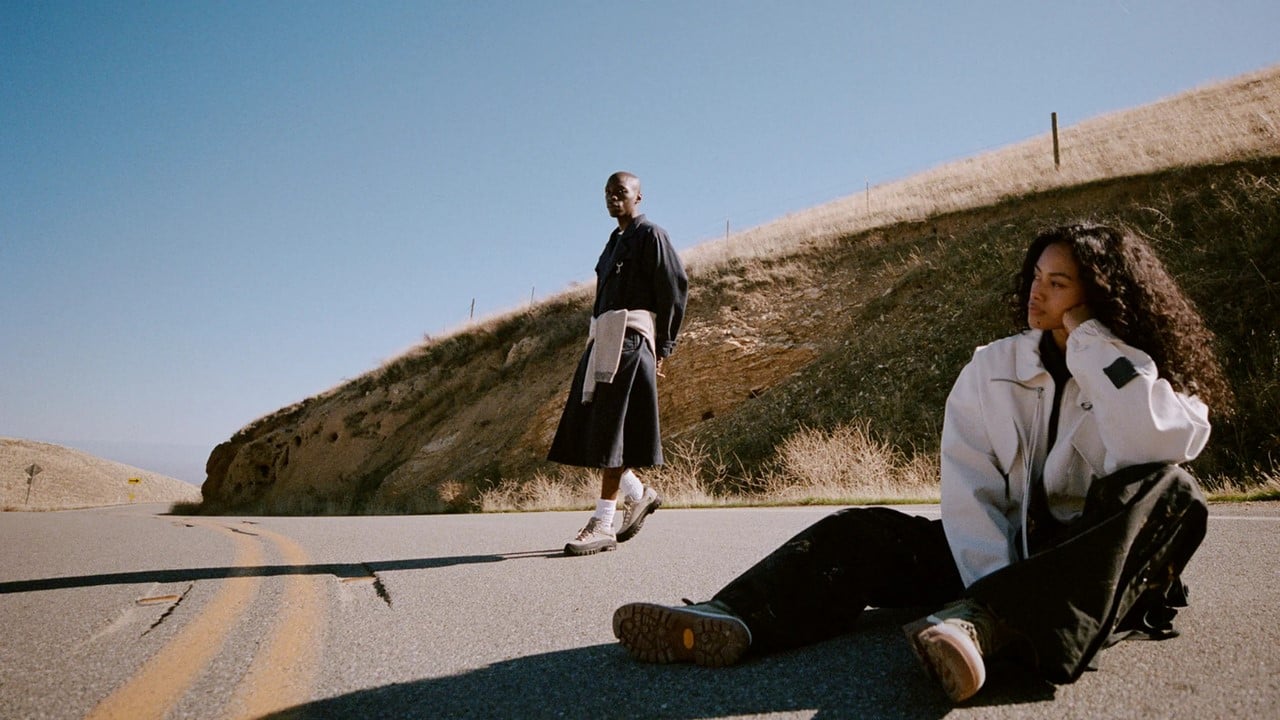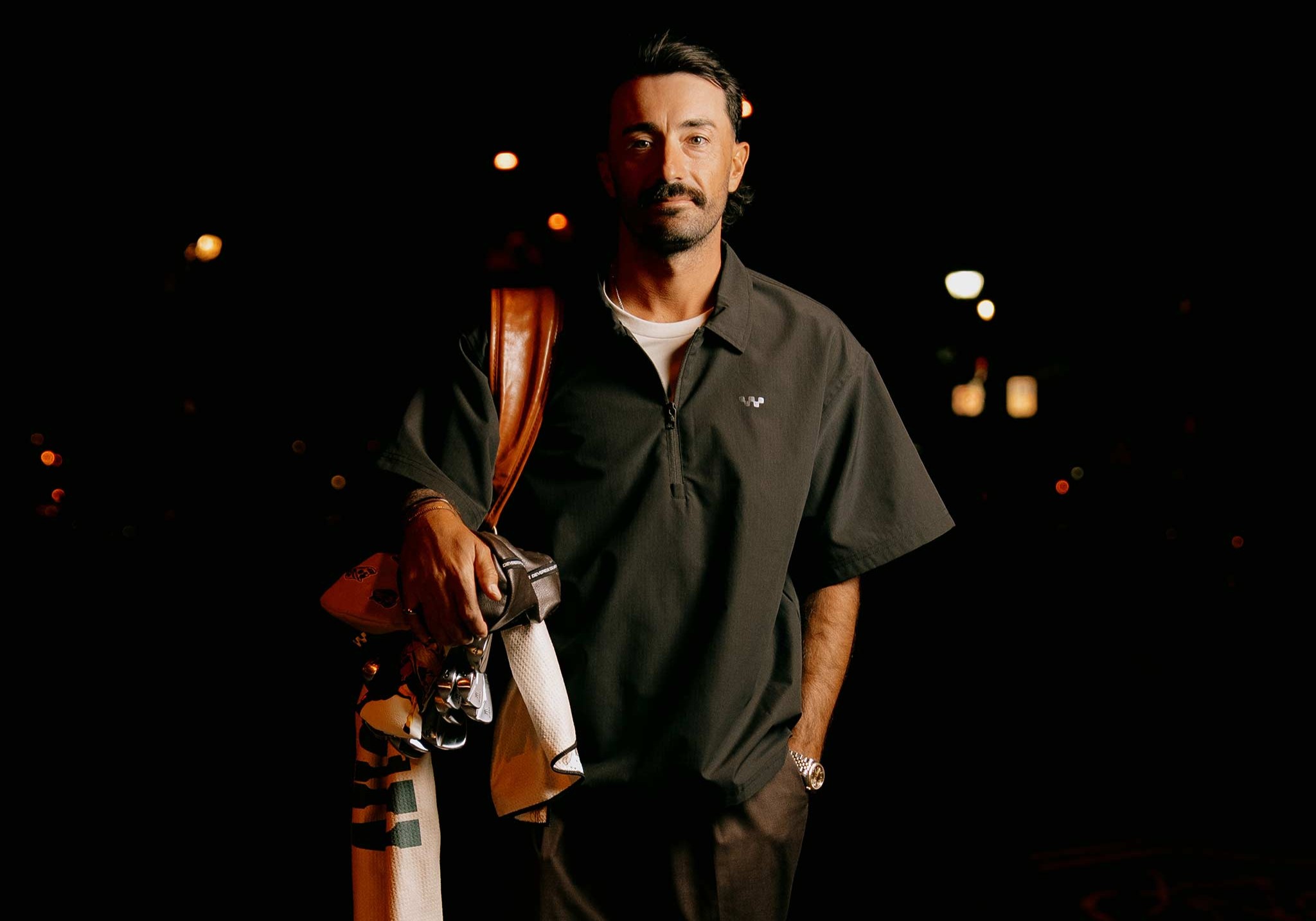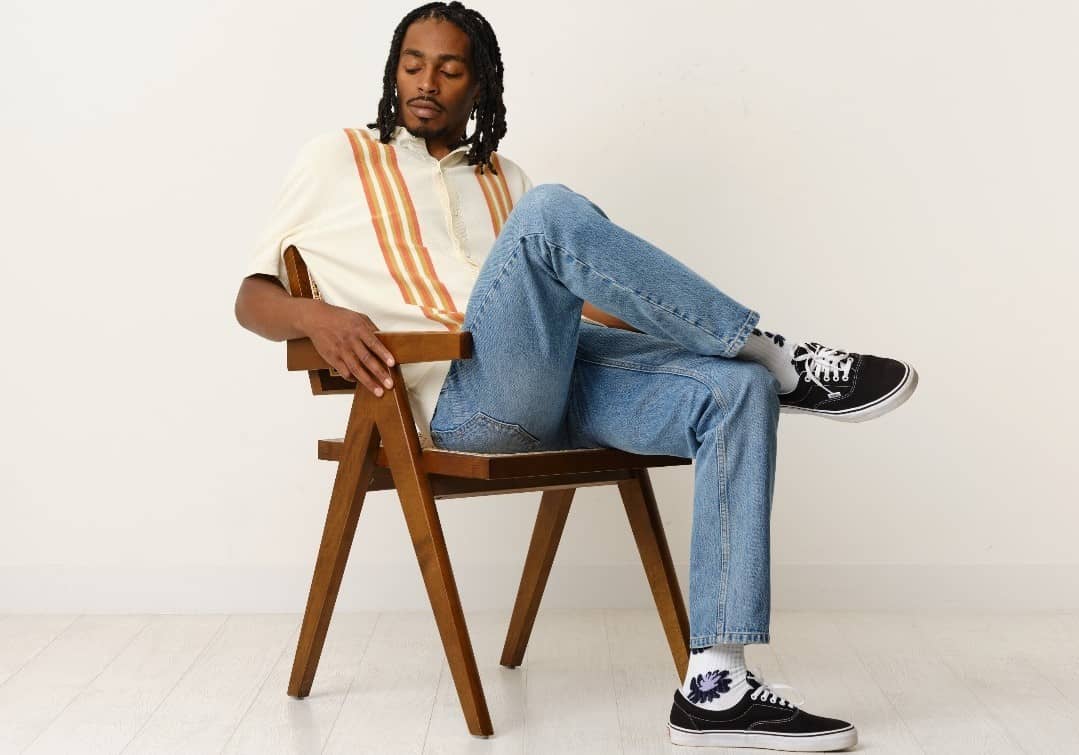The Evolution of Sex Part 3: On the Genetic Superiority of Women
Dec 24, 2025Why Your Outfit Shouldn’t Match — and What to Do Instead
- Jul 13, 2025
- 0 Comments
620

We independently evaluate all recommended products and services. Any products or services put forward appear in no particular order. if you click on links we provide, we may receive compensation.
We’ve all heard the old advice: match your shoes to your belt, your metals to your watch, your tones head to toe. But here’s the problem—when you take that advice too literally, your outfit stops looking styled and starts looking staged.
Exact matching might feel like the safe move, but it flattens your look. It removes contrast, kills dimension, and makes your clothes feel more like a uniform than personal style. Dressing well isn’t about getting everything to align perfectly. It’s about creating balance that feels natural—and more importantly, intentional.
What “Matching” Gets Wrong
Matching often starts with good intentions: you’re trying to look pulled-together. But too much alignment sends the opposite message. It looks like you’re trying to follow a rulebook instead of wearing clothes that reflect your taste.
Think about the classic overmatched look: black shoes, black belt, black watch strap, maybe even a black jacket. Every piece checks out individually—but together, they feel rigid. There’s no texture, no variation, no depth. It’s style by autopilot.
Another common trap is over-matching color. A forest green shirt with a forest green cap and forest green sneakers doesn’t look stylish—it looks like merch. Subtlety and variety are what make an outfit feel thoughtful, not copy-pasted.
Focus on Coordination Instead
Instead of matching, aim for coordination. That means building your outfit around a base palette and mixing elements that speak to each other without shouting the same thing.
Let’s say you’re wearing olive chinos. Rather than reaching for shoes in the same exact tone, try brown suede loafers or neutral sneakers. Add a tee in off-white or charcoal, and layer with a shirt that picks up a related tone—maybe a soft tan or deep rust. The colors are different, but they relate. They’re all pulling from the same earthy spectrum, which gives your outfit harmony without repetition.
You can also repeat one element strategically. That might be a color family—like mixing different shades of blue across jeans, jacket, and accessories. Or it could be a consistent texture (e.g., canvas bag, twill pants, and a cotton tee) that ties everything together. Even small details—like silver metal in both your jewelry and belt buckle—can unify the look without feeling overly matched.
Try Controlled Contrast
If you want to step up your style with minimal effort, introduce controlled contrast. Pair earthy tones—like camel, olive, or cream—with black to ground the look. Or mix navy with soft greys or tans to keep things fresh but refined.
Controlled contrast is what gives your outfit energy. It creates visual interest and helps each piece stand on its own. A navy overshirt over a white tee, with stone chinos and brown boots, feels dynamic and confident—because the pieces aren’t competing or mirroring each other. They’re working together, not matching up.
The best outfits don’t follow a formula. They follow a rhythm—consistent but never identical.
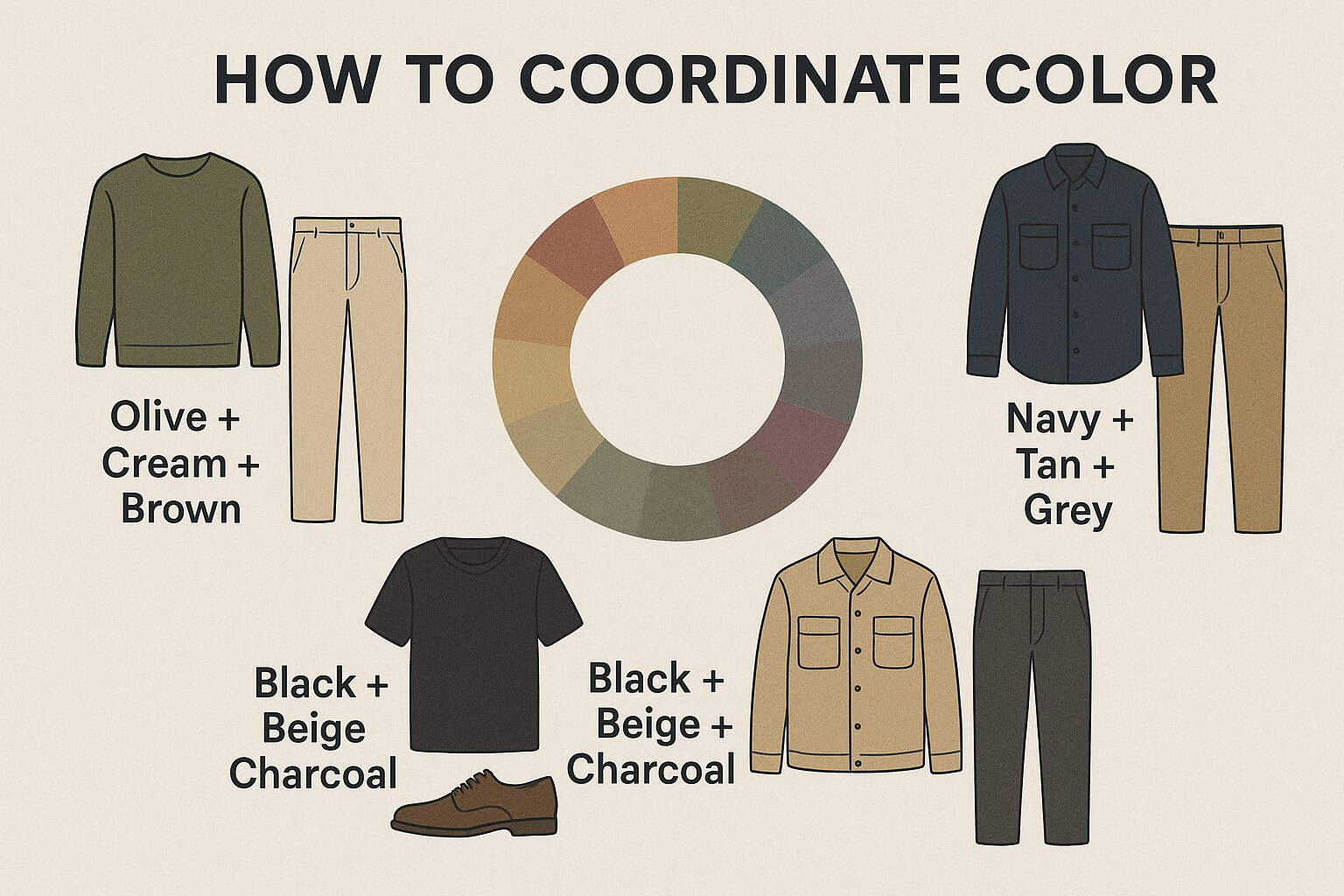
Final Thought
Dressing well isn’t about lining everything up. It’s about knowing when to pull back, when to contrast, and when to connect the dots with subtle moves. Matching is easy—but coordination is what shows taste.
Forget the rules about belts and shoes and watch straps. Focus on balance, contrast, and cohesion. That’s how you get noticed for style—not for sticking to a script.
The editorial team at FashionBeans is your trusted partner in redefining modern men’s style. Established in 2007, FashionBeans has evolved into a leading authority in men’s fashion, with millions of readers seeking practical advice, expert insights, and real-world inspiration for curating their wardrobe and lifestyle.
Our editorial team combines over 50 years of collective experience in fashion journalism, styling, and retail. Each editor brings specialized expertise—from luxury fashion and sustainable style to the latest grooming technology and fragrance science. With backgrounds ranging from GQ and Esquire to personal styling for celebrities, our team ensures every recommendation comes from a place of deep industry knowledge.
Publisher: Source link


